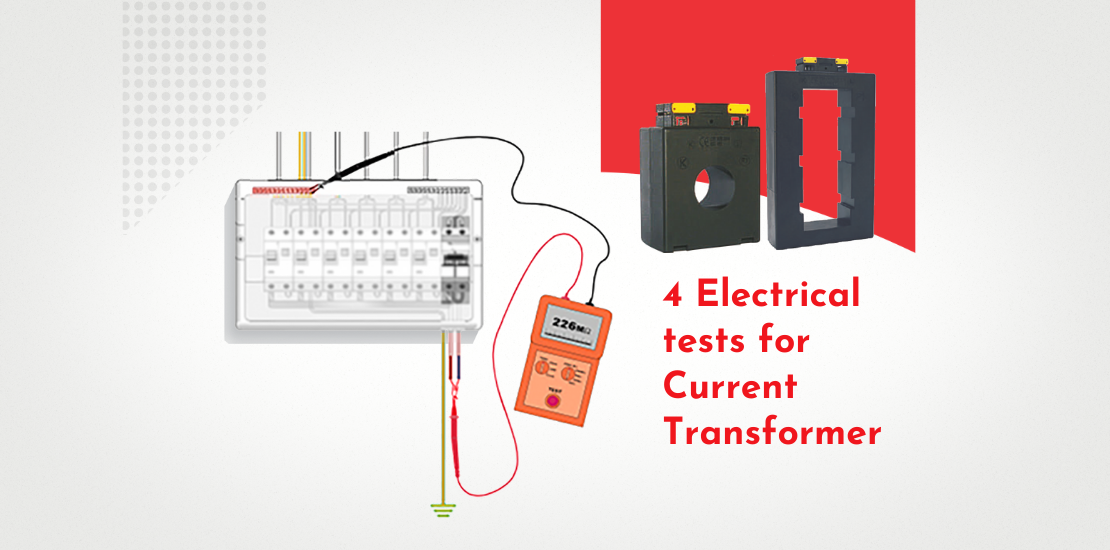- April 3, 2021
- Posted by: Dyaneshwar Nirmale
- Category: Digital Meters

Current transformers are used to convert high voltage in electrical lines into low voltage to feed meters and other electrical instruments. Current transformer testing is important for a number of reasons. If current transformers are faulty, it could affect electrical billing, damage sensitive equipment and ensure the safety of electrical networks. Current transformers are generally tested on 6 key parameters
Ratio test
The ratio of a current transformer is the amount of secondary current it delivers in output for the input current it receives. Ratio test is conducted to determine that the CT ratio is the same as mentioned on current transformer specifications. In the case of a multi-tap current transformer, the correct ratio needs to be verified at different taps. When conducting a ratio test, care should be taken not to apply voltage so high that it saturates the transformer as it disturbs the accuracy of the readings.
Polarity test
The polarity test checks the direction of current in the current transformer. The goal of this test is to confirm that the direction of the secondary current is correct. The direction of winding of the coils in CT plays a vital role in this test. Many CT testing equipment can automatically test polarity and predict whether it is correct or incorrect. For an ideal polarity, the direction of the secondary current should be away from the source of power.
Insulation resistance test
This test seeks to check whether the resistance of the current transformer’s insulation remains constant. The condition of insulation is checked across three criteria: high to low, high to ground, and low to the ground. If the resistance dips, it means the insulation has degraded and needs urgent inspection.
Burden test
Burden is the measure of impedance. This test is held on the secondary output terminals of the current transformer. It is measured in ohms. In this test, a high current is applied from the primary point and readings are taken at the secondary point. The applied current is diversified to simulate various scenarios beyond the working condition of the CT transformer. This test helps ensure that at a single ground point and that all its connections are properly tight.
